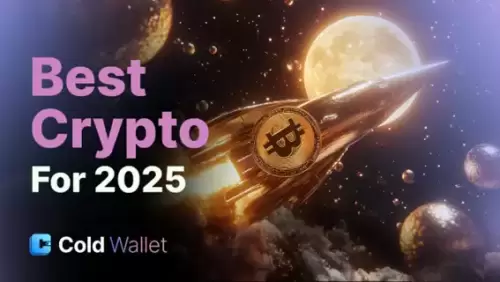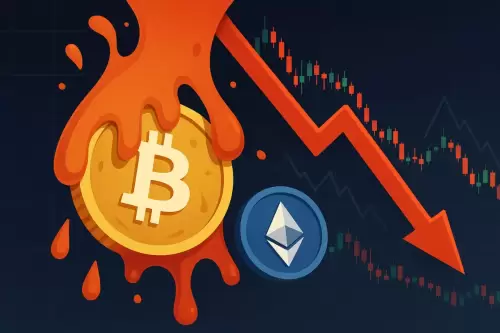Ripple's strategic moves with RLUSD, Hidden Road, and Bitnomial are reshaping cross-margin trading, bridging digital assets and traditional finance with regulatory compliance.

Ripple's RLUSD stablecoin, coupled with the acquisitions of Hidden Road and Bitnomial, is poised to revolutionize cross-margin trading. This trifecta brings together regulatory licenses and technical infrastructure to offer seamless trading between digital and traditional assets. Let's dive into how these developments are setting the stage for a new financial landscape.
The Power of RLUSD, Hidden Road, and Bitnomial
The combination of RLUSD, Hidden Road, and Bitnomial delivers immediate utility and distribution capabilities. CoinFund President Christopher Perkins highlights that the assembled regulatory licenses, including Derivatives Clearing Organization (DCO), Designated Contract Market (DCM), Futures Commission Merchant (FCM), and Broker-Dealer authorizations, are key. John E Deaton describes the Hidden Road acquisition as the best example of traditional finance and cryptocurrency coming together. Paul Barron's announcement that RLUSD would be accepted as collateral for all Hidden Road services further underscores this integration.
Cross-Margin Trading: A Game Changer
RLUSD enables cross-margin trading between virtual assets and traditional markets, ensuring continuous availability. Traders can use RLUSD as collateral across various asset classes without the time restrictions that typically limit traditional financial markets. This is a significant advantage, providing institutional clients with uninterrupted access to capital movement across platforms.
Regulatory Landscape and Ripple's Strategy
Ripple has requested a national bank charter from the Office of the Comptroller of the Currency, seeking state and federal regulation under the existing approval of the New York Department of Financial Services. Additionally, the company has introduced Federal Reserve Master account access requests through Standard Custody. This direct connection with the Fed would allow Ripple to maintain RLUSD reserves in direct central bank custody, addressing stablecoin market issues related to reserve transparency and security. Garlinghouse compares the current banking collaboration with the previous Operation Chokepoint 2.0 restrictions, noting an increased willingness from financial institutions to collaborate with cryptocurrency firms.
Execution is Key
While the regulatory foundation is solid, execution will determine the success of this venture. Perkins emphasizes that technical deployment and market penetration will be crucial in translating these licenses into competitive power. The licensing format provides regulatory compliance, but operational excellence is needed to capture market share.
Hidden Road's Role and XRP Ledger Integration
Hidden Road, which clears over $3 trillion in annual volume, will migrate its post-trade settlement processes to the XRP Ledger. This move aims to streamline institutional trade processes and expand financial product offerings, leveraging the distributed ledger’s fast and energy-efficient settlement infrastructure.
Senate Hearing and Regulatory Clarity
Brad Garlinghouse testified before the U.S. Senate Banking Committee, addressing crypto market regulation. This hearing is pivotal in clarifying the regulatory landscape and potentially achieving uniform regulatory definitions of crypto assets. With RLUSD being accepted as collateral for all services at Hidden Road, the need for regulatory clarity becomes even more pressing.
Final Thoughts
Ripple's strategic moves with RLUSD, Hidden Road, and Bitnomial are not just about creating a new stablecoin; they're about building a comprehensive ecosystem that bridges the gap between traditional finance and the crypto world. It's like they're building a financial superhighway, and RLUSD is the toll pass. Whether or not they succeed will depend on how well they execute, but one thing is clear: they're definitely shaking things up!














































































